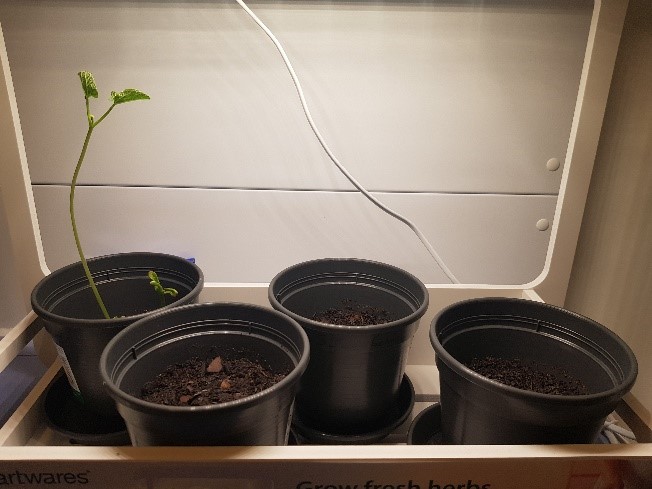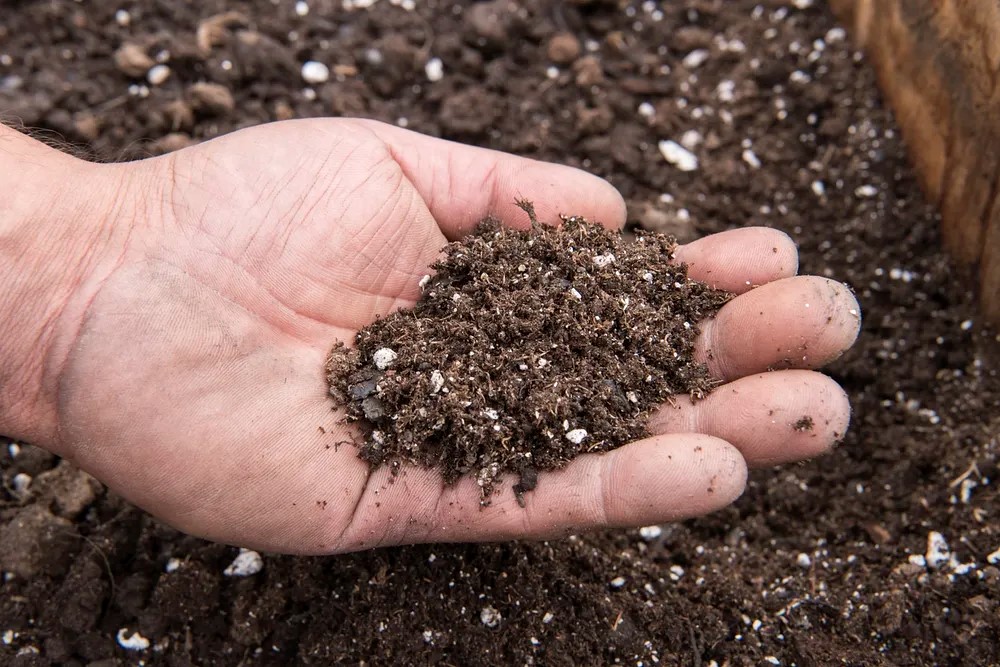- Nutze alle Lernfunktionen, wie Tests, Quizze und Umfragen.
- Schreibe Beiträge und tausche dich in unseren Foren aus.
- In einigen Lernangeboten bestätigen wir dir die Teilnahme.
SOILutions
Kursthemen
-
In this experiment, the use of organic compost as a mitigation strategy in saline soils is demonstrated. As demonstrated in the previous experiment, soil salinity has a negative effect on plant growth. In the practical scenario, this means soil salinity affects food security and other ecosystem services provided by soil and plants. There are different reasons soil salinity has been attributed to, which include the excessive use of agrochemicals and in some cases the use of saline water for irrigation. However, with respect to ameliorating soil salinity and mitigating its effects on plant growth, research is ongoing. Many options have been explored, which include phytoremediation of soils using different plants or the use of organic additives to the soil. This experiment is aimed at inculcating an understanding of one of the potential solutions to this problem. In this regard, we demonstrate the use of organic compost as a means to overcome the effects of soil salinity on plant growth. As in the previous experiment, wo plant species—common garden cress and common bush beans—will be under focus in this experiment.
-
Mitigating effect of compost on salinity von Dr.-Ing. Tavseef Mairaj Shah (CC BY) Experiment 2: Mitigation of salinity effects on plant growth

Beans growing only in the pot with no added saline solution von Dr.-Ing. Tavseef Mairaj Shah (CC BY-SA) 
Representative image of compost von Dr.-Ing. Tavseef Mairaj Shah (CC BY-SA) Materials needed:Soil, common salt, compost, cress seeds, beans seeds, planting pots (an egg tray or a yogurt can work as good), ruler, and kitchen balance
Procedure:
The two plant species will be grown in planting pots under saline and non-saline soil conditions, with and without compost. The procedure can be undertaken in the following steps:
- Select the number of pots you want to use and mark them for the different treatments. Mark the pots accordingly as per your convenience.
- Mix compost and soil with three different composition levels (0% compost, 25% compost; 50% compost).
- Fill the pots with the appropriate amount of soil or soil-compost mixture so as to keep some space to water the soil and mix it.
- Put tap water into the pots marked for non-saline treatment and tap water mixed with common salt (5 g per liter) into the pots marked for saline treatment.
- Mix the soil well in order to distribute the moisture and salt uniformly and sow the seeds into the soil. Use a little bit of soil to cover the seeds.
- Place the pots at a warm location that gets a few hours of sun every day and is easily accessible for watering.
- Monitor the growth of garden cress for one week and beans for four weeks to observe the effect of salinity on the plant growth. Monitor the growth of the plants and document it in the form of photographs.
- At the end of the monitoring period, harvest the plants and do a mass measurement of the plant biomass (you can also let the healthy plants to grow on).
The results of the experiments and the knowledge gained in this project will be put together in the form of E-Learning videos published on the Hamburg Open Online University (HOOU) E-Learning platform.
Click here to download the pdf version of this handout.
Slideshow
SOILutions Sideshow - Mitigating effect of compost on soil salinity von Dr.-Ing. Tavseef Mairaj Shah (CC BY-SA) Outlook
In the next experiment, we will look at another emerging soil health challenge experienced around the world.
-